
The holiday season is officially upon us and that means it’s time to pick-out your annual Christmas tree! However, have you ever wondered where this tradition began or how to choose the right type of Christmas tree for your home? We’ve put together a quick blog to answer all your Christmas tree questions!
History of the Christmas tree:
So, how did the tradition of Christmas trees come to be? Well evergreens have been associated with seasonal celebrations since ancient times, specifically celebrations happening around the winter solstice (Dec. 21). Plants and trees that remained green all year represented growth and therefore had a special meaning for people during winter.
During the 14th century “Miracle Plays” held annually on December 24th required stage props of apple trees. In colder climates this led to the use of decorated evergreens. The traditional red and green seasonal colours developed from these plays and stage props. Over time, foods were added as decorations on the trees. Gradually, metal ornaments replaced some of the edible decoration. The use of an evergreen tree as part of the Christian Christmas celebration started 400 years ago in Germany and spread to most of northern Europe by the 19th century.
First use of evergreen as a Christmas tree in Canada occurred in Sorel, Quebec in 1781. The next recorded use was in Halifax in 1846. After that, use spread quickly.
Today, the Christmas Tree Farmers of Ontario and the Canadian Christmas Tree Growers Association have declared the first Saturday of December as Christmas Tree Day in Canada.
The most popular varieties of Christmas trees to buy in Ontario are:
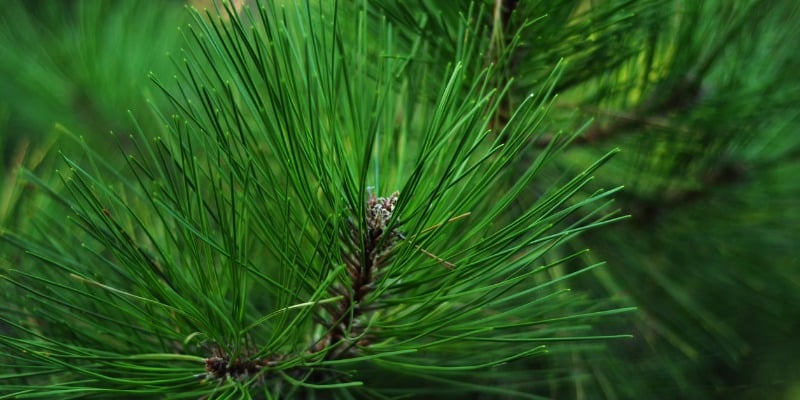
1. Scotch Pine: When someone mentions a Christmas tree, you probably picture a Scotch pine (also known as a Scots pine). Tall, triangular, and vividly green, the Scotch pine reigns as the top Christmas tree in Canada. Part of its popularity is owing to the fact that the Scotch pines hardly sheds any of its long needles, even once it dries out. The strong, curved branches also hold ornaments well. If you can’t decide which type of Christmas tree to choose, this is a safe bet!
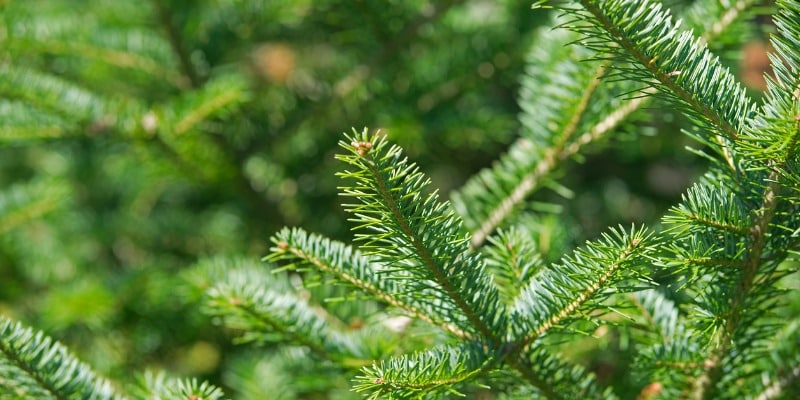
2. Balsam Fir: Balsam Fir trees hold their needles well and are a good choice if the decorated tree is to be left standing for a long period of time. While the Scotch pine wins the popularity contest, the Balsam fir is definitely the most Canadian Christmas tree! The balsam fir’s short, flat needles make its slender branches easy to decorate. However, it may have trouble accommodating large or heavy ornaments.
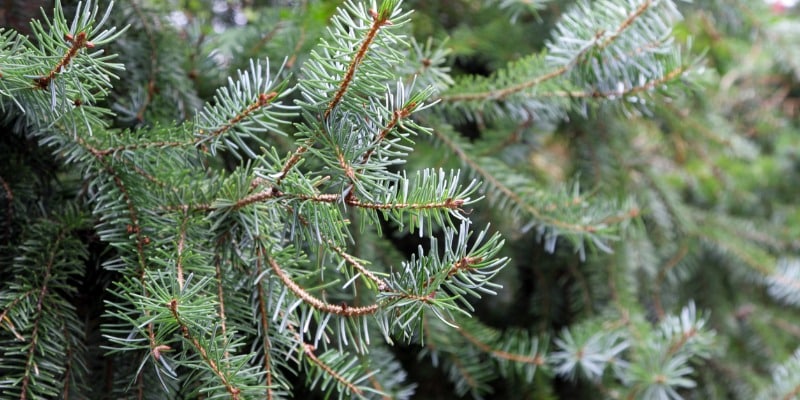
3. White Spruce: The White spruce has thick, heavy branches that are perfect for weightier ornaments. In the right light, its dark green needles take on a lovely shade of blue. . The spruce needs lots of water however, and must be watered regularly to prevent it from losing its needles.
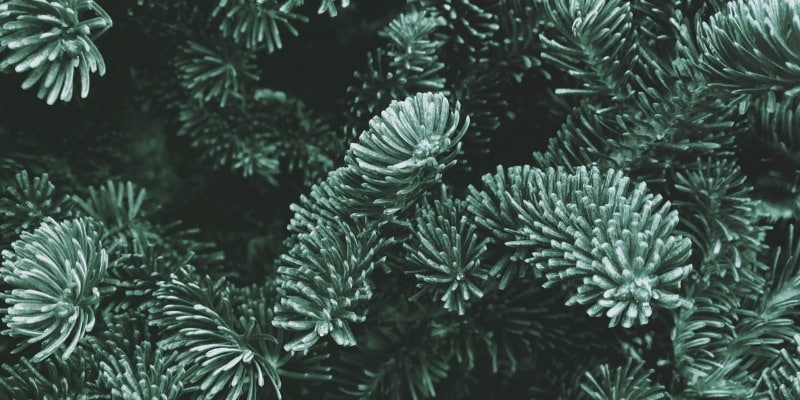
4. Fraser Fir: In many respects, Fraser fir and balsam fir are quite similar. Fraser firs are known as one of the longest-lasting species of Christmas trees. In fact, they’re so hardy that Canadian tree farmers ship them all over the world!
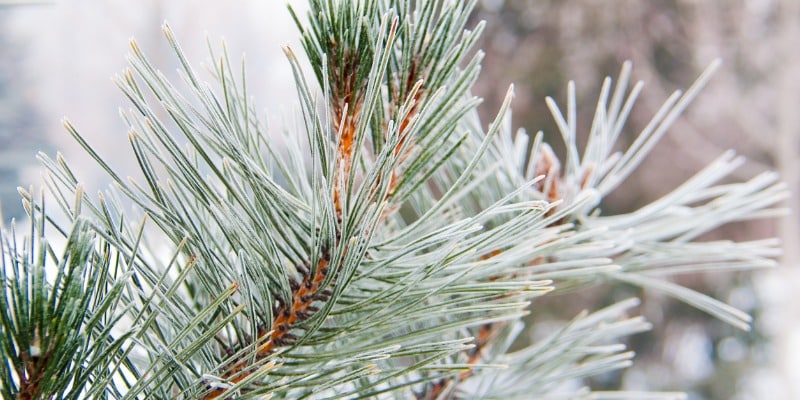
5. White Pine: Many people think that the graceful White pine is the most beautiful of all Christmas tree varieties, even though its soft needles make it difficult to decorate. White pines are a great choice for those who want a more natural-looking tree due to their soft, feathery appearance.
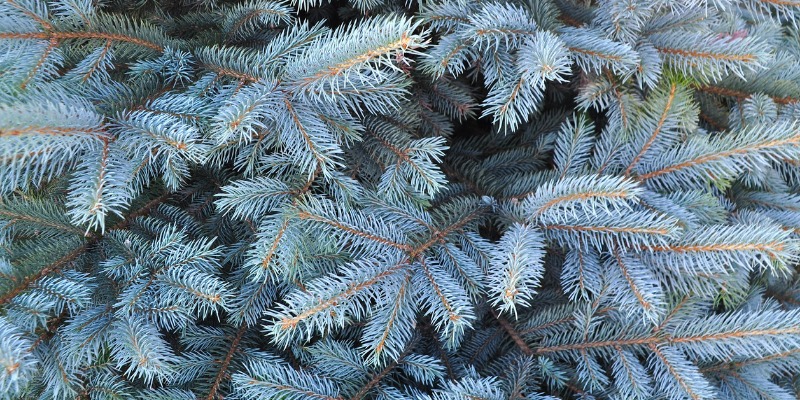
6. Blue Spruce; The Colorado Blue spruce isn’t your typical Christmas tree. It has sharp needles, a unique fragrance, and a decidedly off-colour name. But no other Christmas tree boasts the natural, silvery shimmer of the Blue spruce. If you’re looking for something different, this tree could be the one that stands out for you
Is tree farming harmful to our environment?
NO! Christmas trees are, except for cultivated forests, the most environmentally friendly crop around. This is because a tree is harvested only after ten years. To ensure future harvests, ninety percent of the farm must remain in trees all the time. Christmas trees are also recycled into mulch after they have been collected by your local municipalities.
Farms in the GTA: